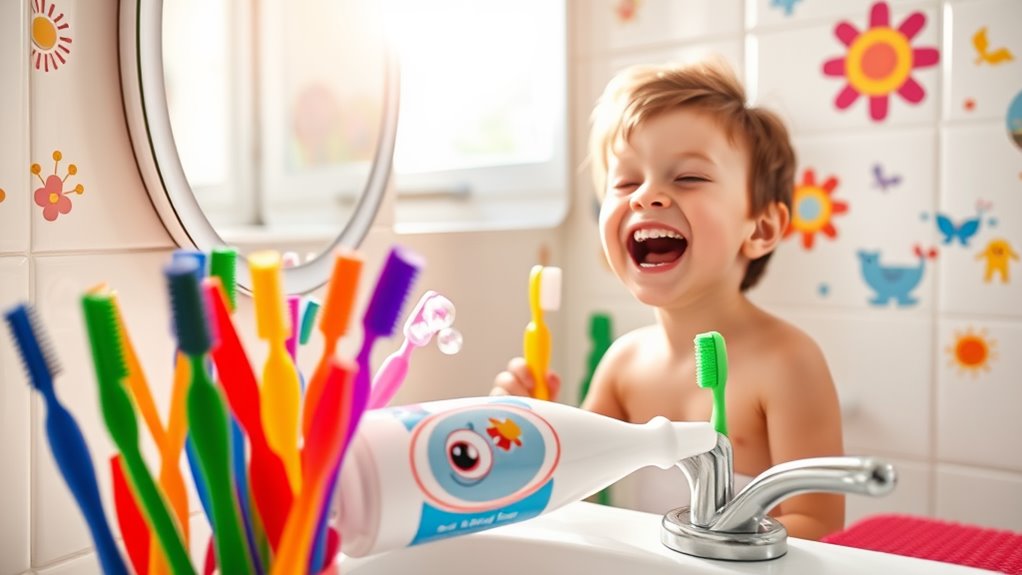Do You Really Need to Floss. Dentists Finally Answer!
You’ve probably heard conflicting opinions about flossing over the years, and you’re not alone in wondering if it’s worth the time and effort. While dentists have long insisted on daily flossing, recent debates have sparked questions about its real benefits. Before you toss your dental floss in the trash, you’ll want to know what the latest research and dental professionals have to say about this age-old practice.
The History and Evolution of Dental Flossing
While ancient civilizations used various tools to clean between their teeth, modern dental floss emerged in the early 1800s when New Orleans dentist Levi Spear Parmly introduced silk thread for oral hygiene. This innovation marked the beginning of a dental care revolution that would shape oral health practices for centuries to come.
You might think flossing’s widespread adoption happened immediately, but that’s a flossing myth busted. It wasn’t until 1874 that the first commercial dental floss hit the market, when Asahel Shurtleff patented an unwaxed silk floss.
By the 1940s, nylon replaced silk as the preferred material due to its superior strength and consistency.
Today’s dental floss comes in various forms – waxed, unwaxed, flavored, and even electric flossing devices. The evolution continues with sustainable alternatives like bamboo fiber floss and water flossers, proving that this essential dental practice keeps adapting to modern needs and environmental concerns. Additionally, interdental brushes have emerged as effective tools for maintaining gum health alongside traditional flossing methods.
What Science Says About Flossing Benefits
Despite ongoing debates about flossing’s effectiveness, scientific research consistently demonstrates several key benefits. Clinical studies show that flossing removes up to 80% of interdental plaque, significantly reducing your risk of tooth decay and gum disease. You’ll also experience less bleeding and inflammation when you make flossing a daily habit.
Recent research has revealed that flossing’s benefits extend beyond oral health. Scientists have found connections between gum disease and systemic conditions like heart disease, diabetes, and respiratory infections. By maintaining healthy gums through flossing, you’re potentially protecting your entire body from these serious health issues. Additionally, poor oral hygiene can lead to harmful bacteria entering the bloodstream, which may exacerbate systemic diseases.
The latest studies also indicate that flossing helps preserve your jawbone density by preventing bacterial buildup that can lead to bone loss.
While brushing alone reaches only 60% of tooth surfaces, combining it with flossing provides comprehensive protection against harmful bacteria and plaque accumulation.
Dental Experts Weigh In: The Professional Perspective
When asked about daily flossing, dental professionals unanimously agree it’s an essential part of oral hygiene. Dr. Sarah Chen, a leading periodontist, explains that brushing alone can’t reach 35% of your tooth surfaces, leaving harmful bacteria to flourish between teeth.
The American Dental Association’s latest research indicates that dentists see significant differences in oral health between patients who floss regularly and those who don’t. You’ll find that most dental professionals recommend flossing before bedtime to remove accumulated food particles and plaque that your toothbrush can’t reach.
Modern dentists are also embracing innovative flossing alternatives. Dr. James Martinez, an orthodontic specialist, suggests water flossers and interdental brushes as effective options for patients who struggle with traditional string floss.
However, he emphasizes that regardless of the method you choose, consistent interdental cleaning remains crucial for preventing gum disease and maintaining optimal oral health.
Common Flossing Myths Debunked
Have you heard that bleeding gums mean you should stop flossing? Actually, it’s quite the opposite. Bleeding typically indicates inflammation from bacteria buildup, and consistent flossing will help reduce this over time.
Another persistent myth suggests that flossing creates gaps between teeth. In reality, proper flossing technique won’t create spaces – it simply removes harmful debris and plaque that accumulate there naturally.
You might’ve heard that rinsing with mouthwash is just as effective as flossing. While mouthwash is beneficial, it can’t physically remove the sticky biofilm between teeth that floss can dislodge.
Some people believe they don’t need to floss if they use an electric toothbrush. Though these devices are excellent for cleaning tooth surfaces, they can’t reach between teeth effectively.
Even the most advanced toothbrush technology can’t replace the unique benefits of flossing in removing interdental plaque and food particles. Additionally, proper flossing technique is essential to maximize gum health and avoid potential damage.
Alternative Methods for Interdental Cleaning
While traditional dental floss remains a proven method for cleaning between teeth, several modern alternatives now offer effective interdental cleaning options.
Water flossers use pressurized streams to blast away debris and bacteria, making them ideal if you have braces or dental work. Interdental brushes, which look like tiny pipe cleaners, can effectively clean larger spaces between teeth and around implants.
You’ll find air flossers that use bursts of air mixed with water droplets to clean between teeth, offering a less messy alternative to water flossers. Floss picks combine a handle with a short piece of floss, making them perfect for on-the-go cleaning.
For tech enthusiasts, there are now smart water flossers that connect to your phone, tracking your cleaning habits and technique. Nurturing the microbiome is essential for promoting overall well-being, so consider how these alternatives fit into your oral care routine.
Each alternative has its strengths, so you might want to experiment with different methods to find what works best for your specific dental needs.




